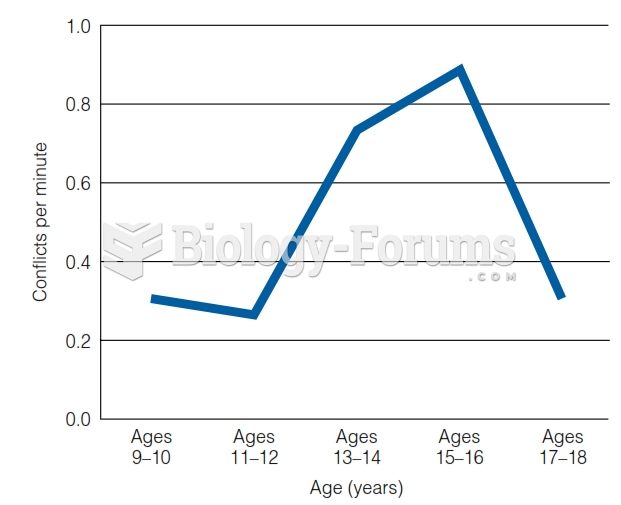|
|
|
Medication errors are more common among seriously ill patients than with those with minor conditions.
Asthma-like symptoms were first recorded about 3,500 years ago in Egypt. The first manuscript specifically written about asthma was in the year 1190, describing a condition characterized by sudden breathlessness. The treatments listed in this manuscript include chicken soup, herbs, and sexual abstinence.
Bacteria have been found alive in a lake buried one half mile under ice in Antarctica.
Human stomach acid is strong enough to dissolve small pieces of metal such as razor blades or staples.
Approximately one in three babies in the United States is now delivered by cesarean section. The number of cesarean sections in the United States has risen 46% since 1996.







